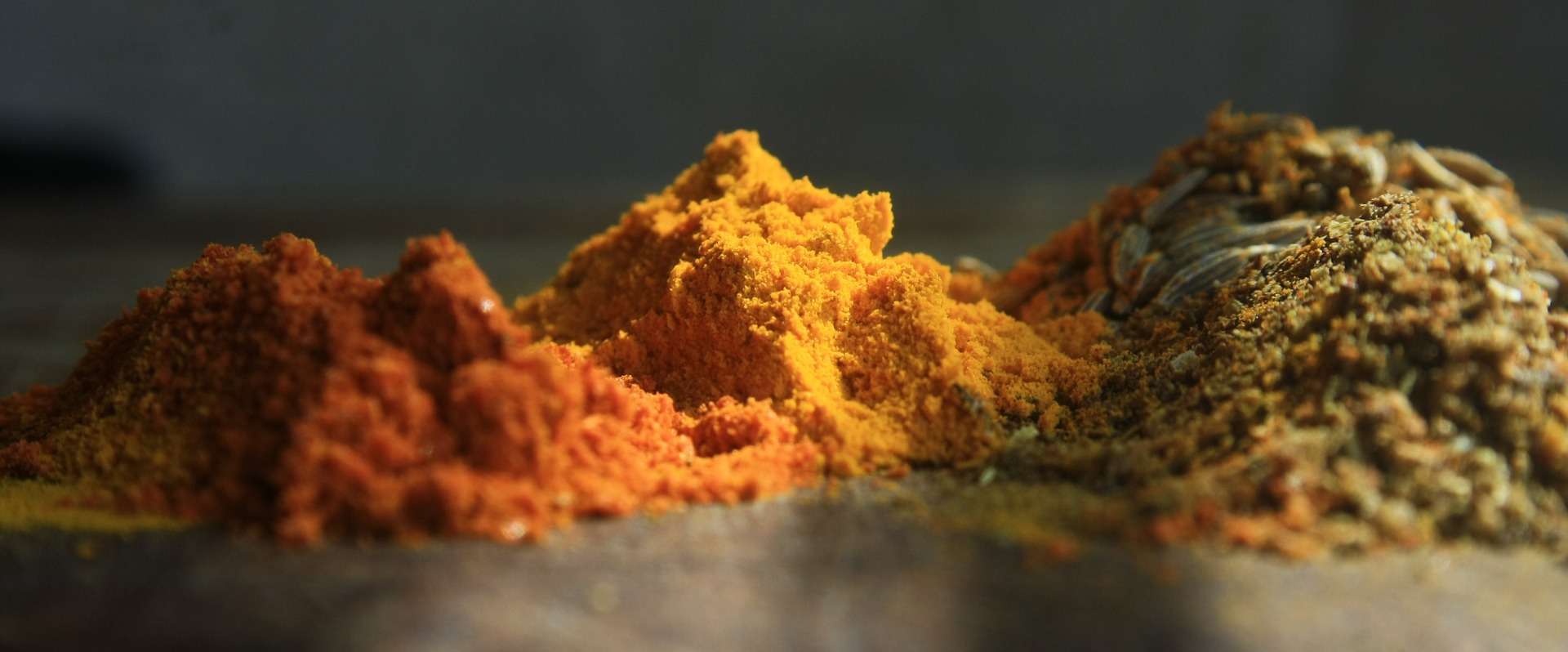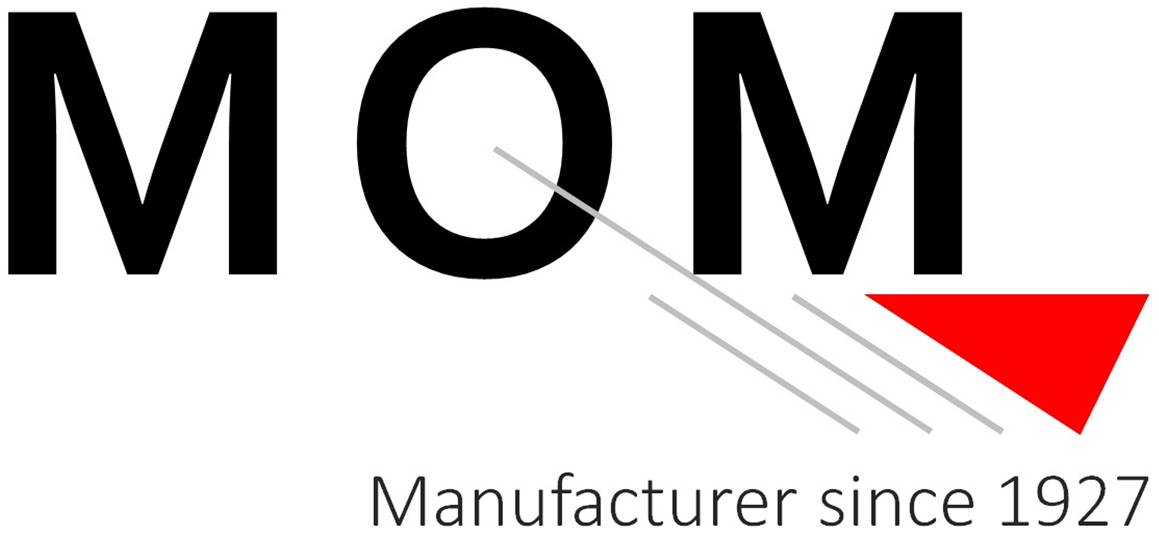
In industry and manufacturing, dry goods play a central and versatile role. Whether in the food, chemical, pharmaceutical or cosmetic sector, dry goods are omnipresent and indispensable. But what exactly is a dry product? How does it differ from liquid or wet products? What are the advantages and uses of these products in the industrial context?
In this article, we will answer the question of what is a dry product. We will start by exploring in detail the concept of dry products, focusing on their definition, their distinctive characteristics, as well as their applications in different industrial sectors. We will also explore how they are dosed in industry.
What is a dry product?
A dry product is a material or substance that contains no moisture or whose water content has been significantly reduced. Dry products are widely used in industry for many reasons. For example, they can have better stability, a longer shelf life and facilitate storage and transport.
Dry goods can be classified into different categories, including
- Dry foods: Dry foods are food products that have undergone a drying process to remove moisture. This includes products such as dried fruits, dehydrated vegetables, cereals, spices and food powders. By removing water, dry foods can be stored for longer periods of time without spoiling and are often used in food preparations, snacks and bakery products.
- Dry chemicals: In the chemical industry, many products are used in dry form to facilitate handling and storage. Dry chemicals include materials such as powders, granules and crystals. They are used in a variety of industries, such as pharmaceuticals, agrochemicals, plastics manufacturing, coatings and many others. The dry form of the chemicals allows them to be accurately dosed and easily mixed with other ingredients.
- Dry pharmaceutical products: In the pharmaceutical industry, many drugs and health products are available in dry form. Tablets, capsules and medicinal powders are some examples of commonly used dry pharmaceutical products. This form allows for accurate dosing, ease of administration and stability of the products.
How are they dosed in industry?
The dosing of dry products in industry is a crucial step in ensuring the quality, accuracy and safety of the final products. Dosing methods vary depending on the type of product, its physical characteristics and the specific application. The following are some common methods used to dose dry products in industry:
- Gravimetric dosing: This dosing method is based on the precise measurement of the mass of the dry material using a scale or weighing system. The dry material is added gradually until the desired mass is reached. This method is commonly used in the food, chemical and pharmaceutical industries.
- Volumetric dosing: Volumetric dosing is done by measuring the volume of dry product. This can be done using special equipment such as screws or automated dispensing systems. The volume of dry material is adjusted until the required quantity is reached.
It is important to note that accurate dosing of dry materials is essential to ensure the quality of the finished products and to avoid problems such as over or under dosing. The industry uses sophisticated equipment and strict procedures to ensure accurate and reproducible dosing.
The importance of dosability in the industry
The dosability of dry products is of paramount importance in many areas of industry. Accurate dosability is essential to ensure the quality and performance of finished products. Here are some reasons why dosability is so important:
- Product efficacy: In the pharmaceutical industry, for example, accurate dosing is essential to ensure that patients receive the exact amount of medication needed for treatment. Under-dosing can lead to ineffective treatment, while over-dosing can be dangerous to health. Similarly, in the food industry, accurate dosing of additives and ingredients is crucial to achieve the desired properties of the final product.
- Consistency of production: Accurate dosing of dry products helps to maintain consistency in production and to ensure consistent product quality. This is particularly important in the food and pharmaceutical industries, where product consistency is essential to meet quality and safety standards.
- Cost reduction: Accurate dosing minimises waste and optimises the use of raw materials. Over or under dosing of dry goods can lead to significant financial losses. By accurately dosing dry goods, companies can reduce production costs and improve profitability.
Difference between powder and granules
When it comes to dry goods, two commonly used terms are powder and granules. Although these two forms have similar characteristics in terms of reduced moisture content, they differ in appearance, texture and physical properties. Understanding the difference between powders and granules is essential to choosing the right type of dry product for a specific application in the industry.
- Powders are dry products in the form of fine particles. They are usually obtained by grinding or pulverising solid raw materials. Powders are light, soft to the touch and have a fine, flowing texture. They can be easily dispersed in the air and mixed homogeneously with other substances. Powders are often used in the pharmaceutical industry for the manufacture of tablets, powdered medicines or for the preparation of solutions.
- Granules, on the other hand, are dry products in the form of small solid particles. In contrast to powders, granules have a larger size and a coarser texture. They are produced by agglomerating or compressing raw material particles to form uniformly sized granules. Granules tend to be stronger and less prone to dust than powders. They are often used in the food industry for cereal mixtures, granulated food supplements or in the chemical industry for fertiliser products.
Dry products play an essential role in various industrial sectors, from food to chemicals to pharmaceuticals. Their use allows for better stability, longer shelf life and easier handling. Accurate dosing of dry products is crucial to ensure the quality of the final products. Gravimetric and volumetric dosing methods are widely used in the industry to accurately dose dry products. By understanding what a dry product is and how they are dosed, it is possible to optimise manufacturing processes and ensure high quality products. Accurate dosing of dry goods is essential to ensure the effectiveness of medical treatments, maintain production consistency and reduce costs. With advanced dosing technologies, the industry is able to accurately dose dry products, contributing to the quality and reliability of finished products. So, the next time you ask yourself “What is a dry product?”, you’ll know exactly what it is and how to take advantage of it.
